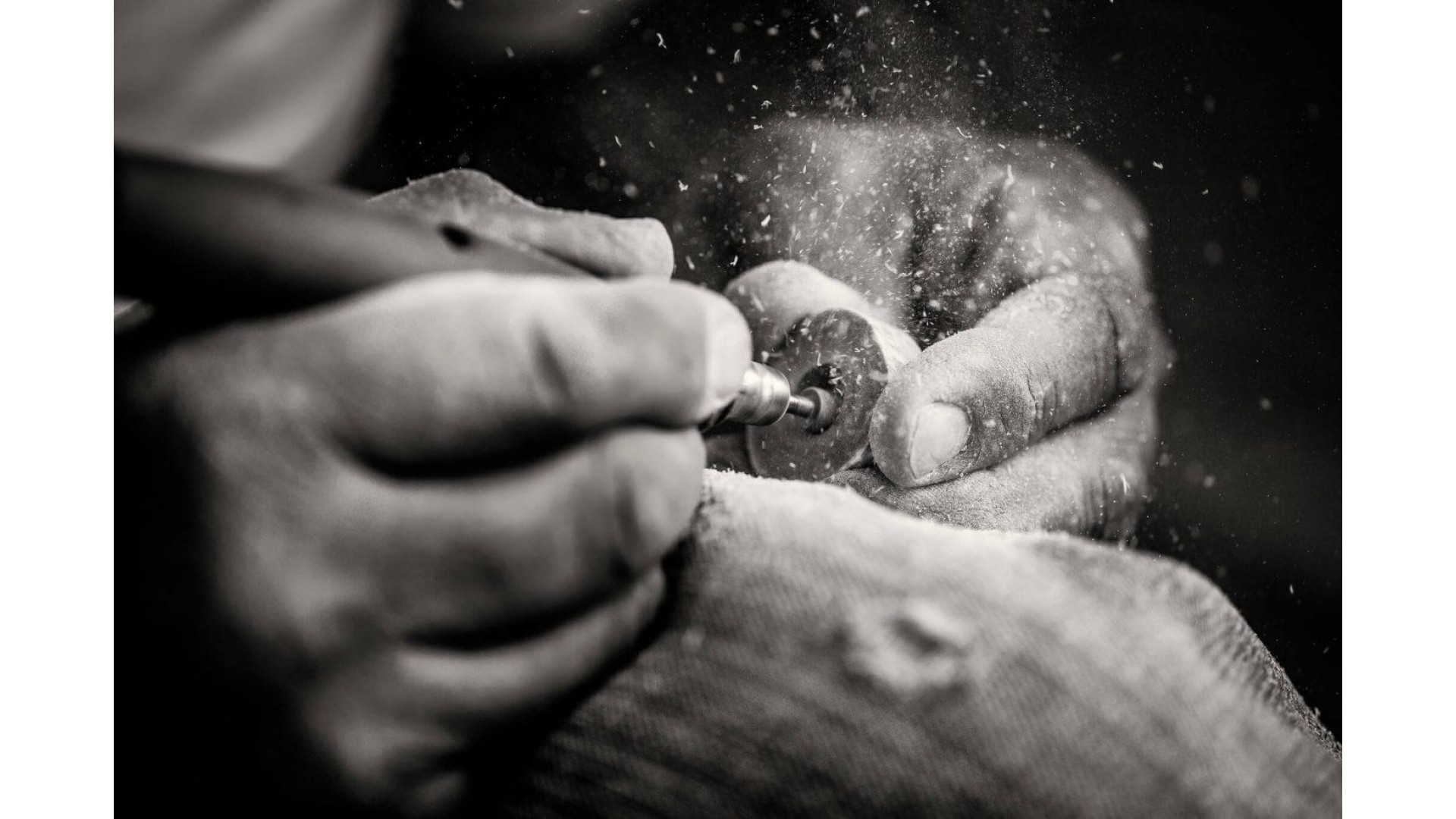Bone Carving is an ancient art form that has deep cultural and spiritual roots in Bali. It dates back centuries, and is still practiced by many Balinese today. Bone carving is an important part of the local culture, with its intricate designs and beautiful pieces serving as reminders of the rich history of Indonesia. In this article, we will take a closer look into the history and tradition of bone carving in Bali, as well as explore some of the modern day applications for this craft.
Bone carving in Bali has its origins in Hinduism and Buddhism. These two religions were brought to the island by Indian merchants on their travels through Southeast Asia centuries ago. They left behind not only their faith but also their traditions and customs, including bone carving. The intricate designs found on Balinese sculptures are reflective of these ancient beliefs, often showing symbols representing gods or goddesses from Hinduism or Buddhism. Over time, Balinese craftsmen developed their own unique style of bone carving that blended traditional Hindu-Buddhist motifs with more abstract shapes and patterns specific to their culture.
Today, bone carving remains a popular pastime for many Balinese people who use it to create decorative artifacts for use around their homes or temples. The craft relies on a combination of chisels and files to shape bones into complex sculptures that can range from simple shapes such as animals or deities to far more detailed works such as masks or figures from stories or folk tales. One popular technique used by carvers is called pengataan which combines elements of painting and sculpting to create images on the surface of the bone using small patterns created by chisels or files.
Due to its popularity amongst these cultures, bone-carved items have become highly sought after souvenirs amongst travelers visiting Indonesia today. Many people come to see first hand examples of what locals are able to create with this unique craftsmanship while also bringing home these beautiful pieces as mementos from their travels.
In recent years, there has been an increasing number of artisans specialising in creating works out of animal bones such as rhino horns, elephant tusks and buffalo skulls which have been taken out of circulation due to poaching laws across Asia-Pacific countries such as India and China. These skilled craftsmen often use traditional techniques such as etching patterns onto ivory surfaces with sharp dyes before carefully shaping them into finished works with chisels and other tools similar to those used by traditional Balinese carvers. As well as making detailed sculptures from these materials they also make jewelry from smaller pieces cut off larger objects thus giving new life to otherwise discarded materials which would otherwise end up being wasted for no purpose at all!
Bone Carving in Bali is not just restricted to animal bones either: it can extend into furniture making too! Local carpenters skilled at manipulating wood may even incorporate carved ivory sections into beds, chairs or tables they construct adding a unique touch you won't find elsewhere - perfect if you're looking for something truly distinctive when decorating your home!
Whether it be traditional religious carvings made out of common animal bones like deer antlers or crafted furniture showcasing ornate ivory pieces - no matter what type you're looking for there's sure to be something special out there waiting for you if you take some time searching through Bali's markets! From reaching back in time when religion was integral part of everyday life here right through till now where modern interpretations are being made on a daily basis - Bone Carving in Bali really does have something for everyone!






